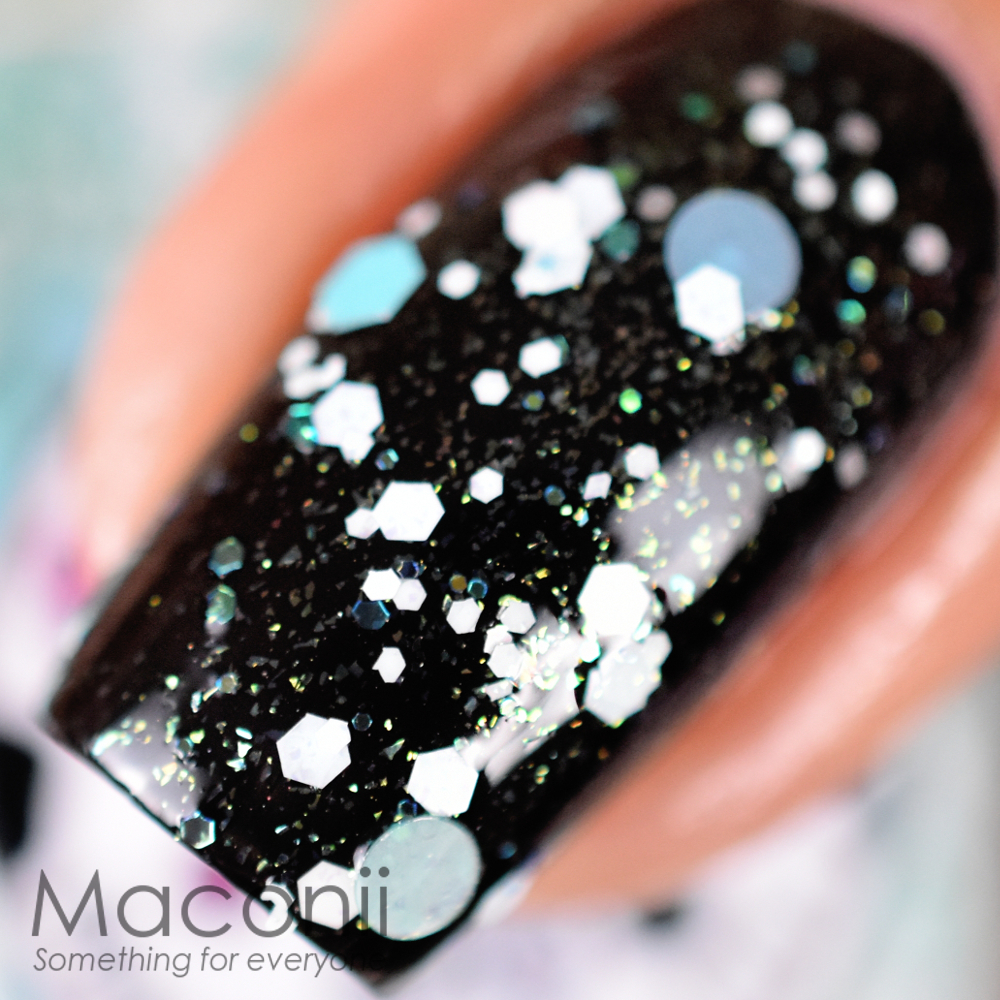


He says the artwork is likely not the physical portrait of one single model, but the result of several influences. He claims to have found symbols hidden in the painting, which is kept at the Louvre Museum in Paris. Vinceti has been studying the "Mona Lisa" for months. Other scholars say such scientific techniques have little to add when it comes to appreciating or understanding a work of art. Such researches have drawn criticism, with some experts expressing doubt that analyses on centuries-old bones can be conclusive. The group led by Vinceti has already reconstructed the faces of some Italian artists on the basis of their skulls, and last year it said it had identified the bones of Caravaggio and discovered a possible cause of death, 400 years after the artist died in mysterious circumstances.

The project falls within a current trend of employing CSI-like methods in art history, for example to find out about an artist's technique, discover details hidden in a painting or even learn about an artist's life or death. Vinceti also cited documents showing that the Giocondo family made generous donations to the convent, and said Giocondo's will arranged for his wife's remains to be kept in the convent. That's where the digging will begin later his month, said Silvano Vinceti, an art historian and the project leader. A few years ago, an amateur Italian historian said he had found a death certificate showing she died on July 15, 1542, with her final resting place being the Convent of St. Tradition has long linked Gherardini to the painting, which is known in Italian as "La Gioconda" and in French as "La Joconde." Giorgio Vasari, a 16th-century artist and biographer of Leonardo, wrote that da Vinci painted a portrait of del Giocondo's wife. The project launched Tuesday aims to locate the remains of Lisa Gherardini, the wife of a rich silk merchant named Francesco del Giocondo. If successful, the research might help ascertain the identity of the woman depicted in Leonardo da Vinci's masterpiece a mystery that has puzzled scholars and art lovers for centuries and generated countless theories. ROME (AP).- Italian researchers said Tuesday they will dig up bones in a Florence convent to try to identify the remains of a Renaissance woman long believed to be the model for the "Mona Lisa."


 0 kommentar(er)
0 kommentar(er)
